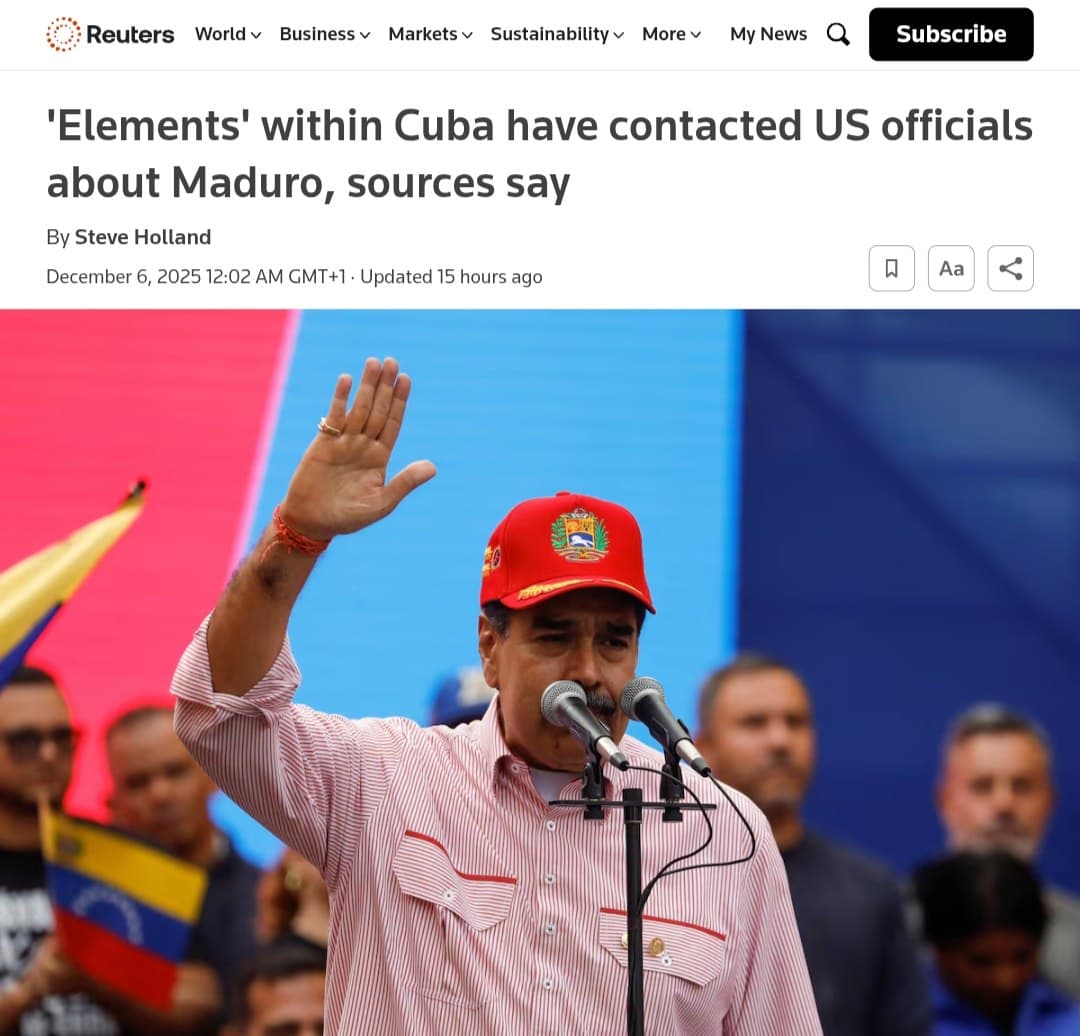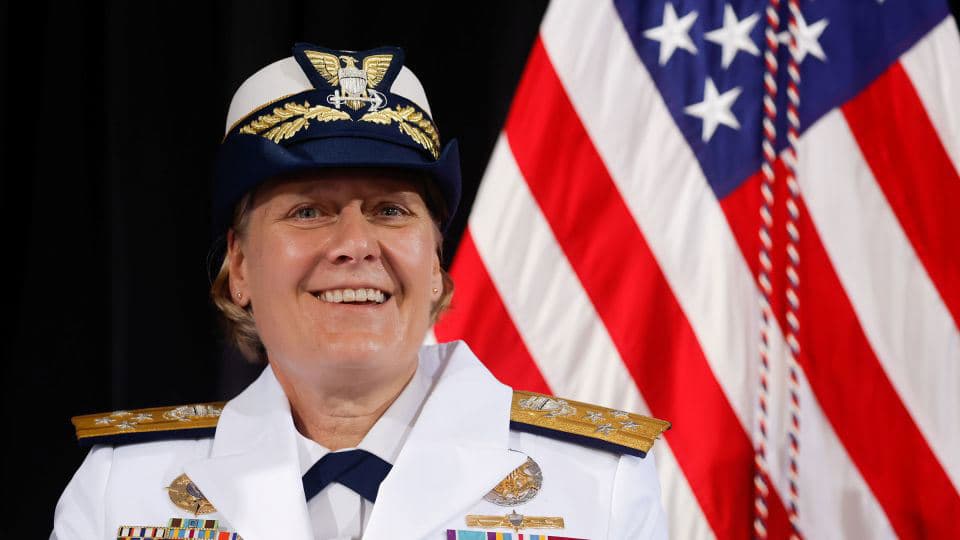Breaking: Three U.S. Destroyers Deploy Near Venezuela Amid Tensions
In a significant military maneuver, three U.S. Navy destroyers are expected to arrive off the coast of Venezuela within the next 24 hours, heightening tensions in the region. The USS Gravely and USS Jason Dunham, which departed from Mayport, Florida, last week, are en route, while the USS Sampson is positioned near the Panama Canal. This deployment comes amid ongoing geopolitical concerns regarding Venezuela"s political landscape and its relations with the United States.
U.S. Naval Forces Mobilized
The deployment of the destroyers is part of a broader strategy by the U.S. Southern Command aimed at addressing potential threats in the region. The USS Minneapolis-St. Paul, a littoral combat ship, is already stationed near Curacao, providing additional naval presence. The Iwo Jima Amphibious Ready Group (ARG), which recently returned to Norfolk, Virginia, is currently waiting out a hurricane, potentially impacting its operational capabilities in the near term.
According to sources within the Pentagon, the mobilization of these naval forces is a response to escalating tensions stemming from Venezuela"s political instability and its ties with adversarial nations. The U.S. government, under the administration of former President Donald Trump, has indicated a willingness to take decisive action if necessary. As previously reported, this strategic positioning may signal preparations for a more aggressive stance should the situation deteriorate further.
Implications for U.S.-Venezuela Relations
The arrival of U.S. naval forces off the coast of Venezuela could have significant implications for U.S.-Venezuela relations. The Venezuelan government, led by President Nicolás Maduro, has consistently condemned U.S. intervention in its domestic affairs, often framing it as an imperialistic threat. This latest deployment might exacerbate existing tensions, prompting a stronger response from Caracas.
Political analysts suggest that the U.S. military presence could serve multiple purposes: it may act as a deterrent against any hostile actions by the Maduro regime, while also reassuring U.S. allies in the region who are concerned about Venezuela"s influence. Similar situations have unfolded in the past, where U.S. military assets were deployed to signal readiness and resolve in the face of perceived threats.
What Comes Next?
As the destroyers close in on Venezuelan waters, the international community will be closely monitoring the developments. The U.S. Southern Command has not disclosed specific operational plans, but the presence of naval forces suggests a readiness to respond to any provocations. Analysts predict that diplomatic channels may also become more active as stakeholders seek to de-escalate potential conflicts.
In light of these recent developments, there are ongoing discussions within U.S. political circles regarding the appropriate strategy moving forward. Lawmakers are weighing the potential benefits and risks of military engagement, especially considering the humanitarian situation in Venezuela. The deployment of naval forces may prompt further consultations among U.S. allies regarding collective security strategies in Latin America.
As tensions continue to rise, the situation remains fluid, and updates are expected as the U.S. Navy"s movements unfold. The global community will be watching closely as the U.S. navigates its foreign policy objectives in a region marked by instability and uncertainty. For ongoing updates on international developments, including related coverage on security issues, visit this article.


![[Video] Coast Guard sniper takes out narco-boat in Eastern Pacific](/_next/image?url=%2Fapi%2Fimage%2Fthumbnails%2Fthumbnail-1765029104101-04awi-thumbnail.jpg&w=3840&q=75)



